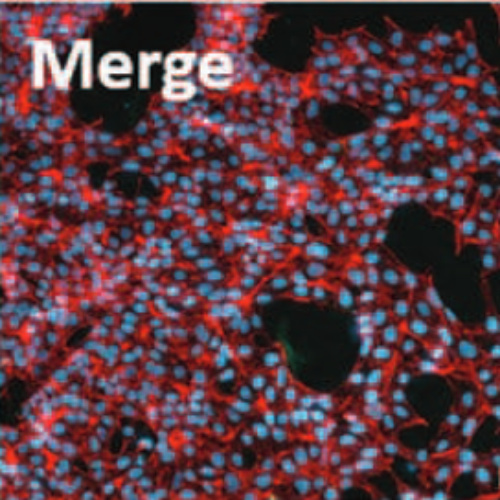Highly Conductive, Stretchable, and Cell-Adhesive Hydrogel by Nanoclay Doping.
Electrically conductive materials that mimic physical and biological properties of tissues are urgently required for seamless brain-machine interfaces. Here, a multinetwork hydrogel combining electrical conductivity of 26 S m-1 , stretchability of 800%, and tissue-like elastic modulus of 15 kPa with mimicry of the extracellular matrix is reported. Engineering this unique set of properties is enabled by a novel in-scaffold polymerization approach. Colloidal hydrogels of the nanoclay Laponite are employed as supports for the assembly of secondary polymer networks. Laponite dramatically increases the conductivity of in-scaffold polymerized poly(ethylene-3,4-diethoxy thiophene) in the absence of other dopants, while preserving excellent stretchability. The scaffold is coated with a layer containing adhesive peptide and polysaccharide dextran sulfate supporting the attachment, proliferation, and neuronal differentiation of human induced pluripotent stem cells directly on the surface of conductive hydrogels. Due to its compatibility with simple extrusion printing, this material promises to enable tissue-mimetic neurostimulating electrodes.
Back to list
